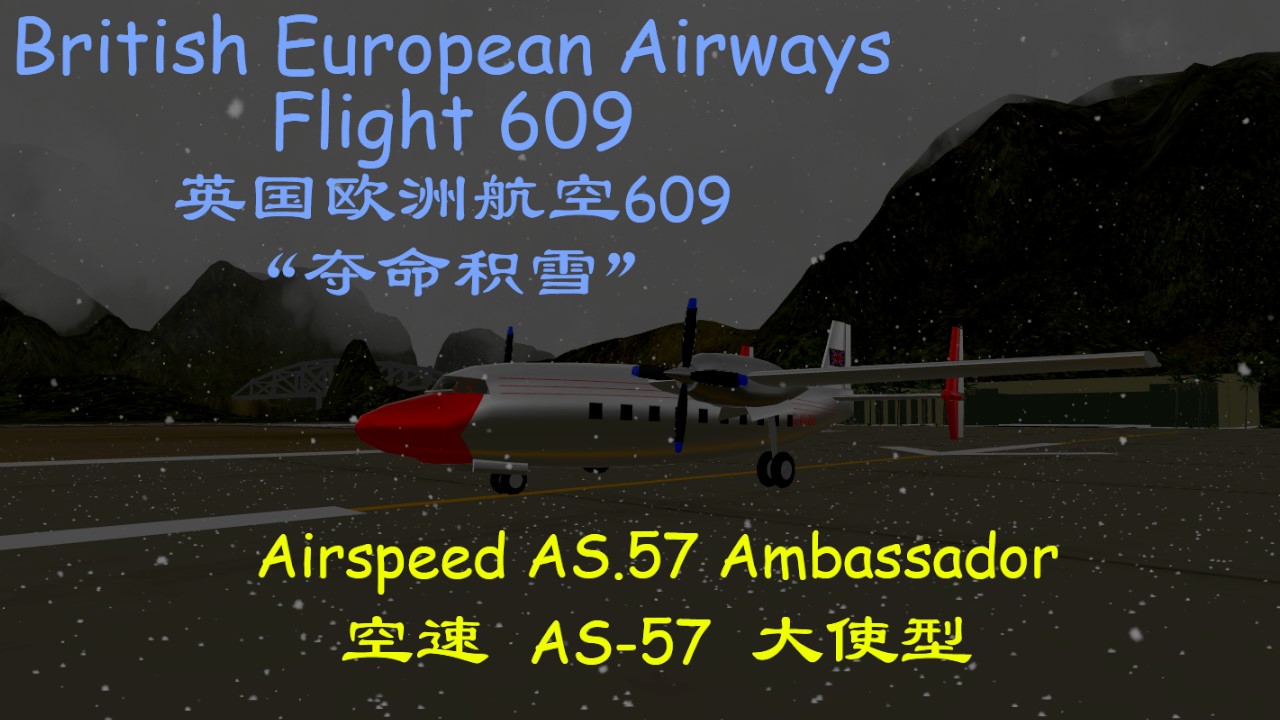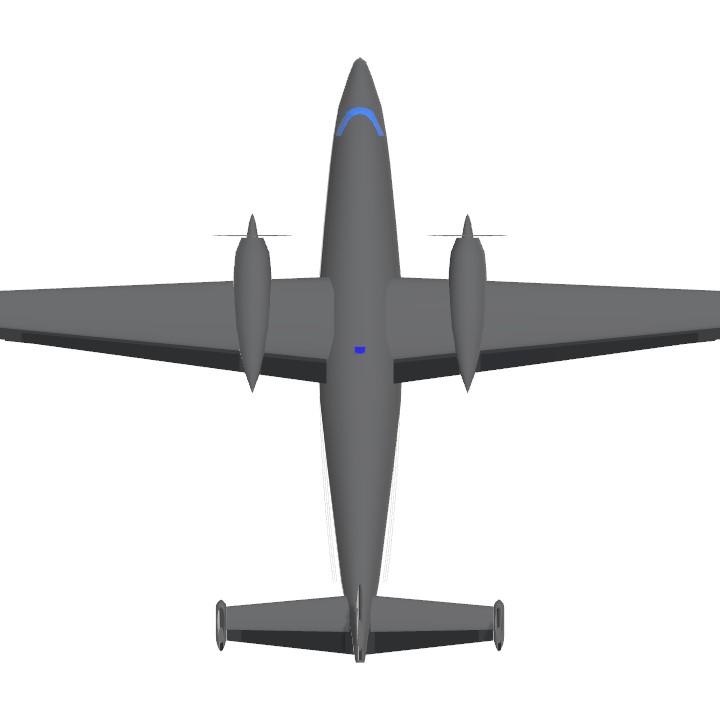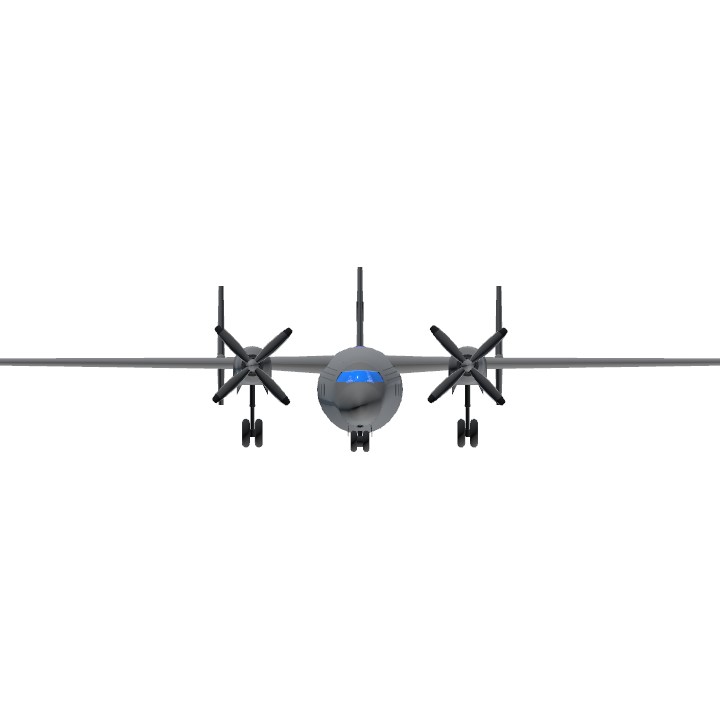The AS-57 was a short-range piston engine transport aircraft designed by the British company Airspeed, intended for sale to British and European airlines, and first flew on July 10, 1947. The aircraft features a high-wing, triple vertical tail design and is equipped with two Centaurus 661 piston engines, each producing 2,600 horsepower, capable of carrying 47 passengers. It entered service in May 1952; although the AS-57 was an excellent piston airliner, it came too late, and soon jet aircraft began to be used, leading to the gradual withdrawal of the AS-57 from the market. The Airspeed Ambassador with a distinctive registration number was the aircraft involved in the British European Airways Flight 609 disaster (Munich disaster or Manchester United crash).
Brief overview of the Munich air disaster:
The Munich air disaster occurred on February 6, 1958, when British European Airways Flight 609, an Airspeed Ambassador aircraft named 'Lord Polly', carrying players, fans, and journalists of the Manchester United football team, failed to take off on its third attempt on the snowy runway at Munich Airport in West Germany. Among the 44 passengers and crew on board, 23 lost their lives, including eight Manchester United players and three staff members. The cause of the accident was a sudden drop in the aircraft's speed due to snow at the end of the runway.
Aircraft Image

Flying in the clouds

Let the clouds open and see the sun(Ancient Chinese poetry is not that easy to translate)

Landing Wright
Specifications
General Characteristics
- Created On Windows
- Wingspan 119.3ft (36.4m)
- Length 100.4ft (30.6m)
- Height 30.8ft (9.4m)
- Empty Weight 15,295lbs (6,937kg)
- Loaded Weight 38,459lbs (17,445kg)
Performance
- Horse Power/Weight Ratio 0.13
- Wing Loading 20.9lbs/ft2 (102.2kg/m2)
- Wing Area 1,836.6ft2 (170.6m2)
- Drag Points 32176
Parts
- Number of Parts 123
- Control Surfaces 15
- Performance Cost 753




